Tessellation of a flat surface is the tiling of a plane using one or more geometric shapes, called tiles, with no overlaps and no gaps. So in this project, using tessellation technique as a guideline, we wanted to play around with geometrical figures such as hexagons, circles, and triangles for the designs of wikihouse’s façade. After defining our one component as a triangle, we tried to achieve a pattern with polar arraying and also a three dimensional effect. We used a specific angle (15 degree which is allowing us to get diffused sunlight) to connect triangular parts together. In addition to this, we created bigger hexagonal units besides triangles with usage of concave and convex effects. To create a visual effect with the sun on our façade design, we decided to use transparent material as joints that function as clips.
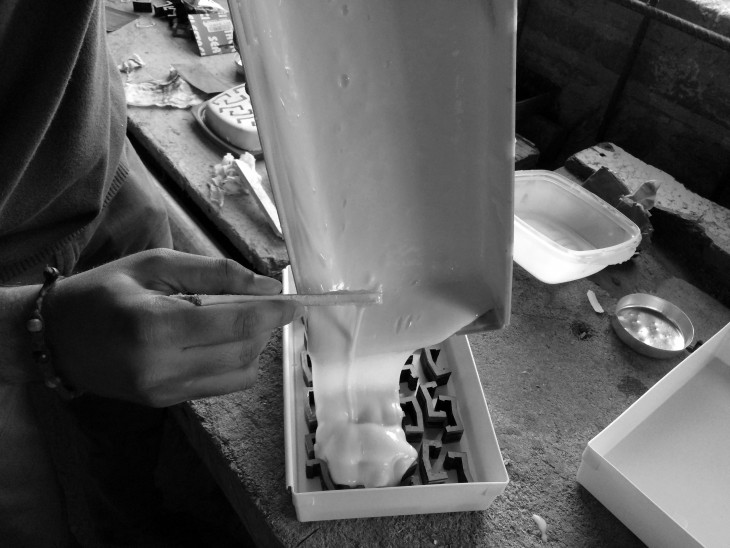 Methods:
Methods:
- Milling triangle components,
- Laser cut wooden joints as section cuts,
- Glue wooden sections to form a positive mood,
- Sticking positive molds on the base of a box,
- Pouring silicone into the box to form a negative mould,
- After silicone dries, pour resin into the negative mold to create positive resin moulds,
- Getting components and transparent moulds together.
Materials:
- Wood
Technique: Tessellating
Percentage: %90
- Resin
Technique: Moulding and Casting
Percentage: %10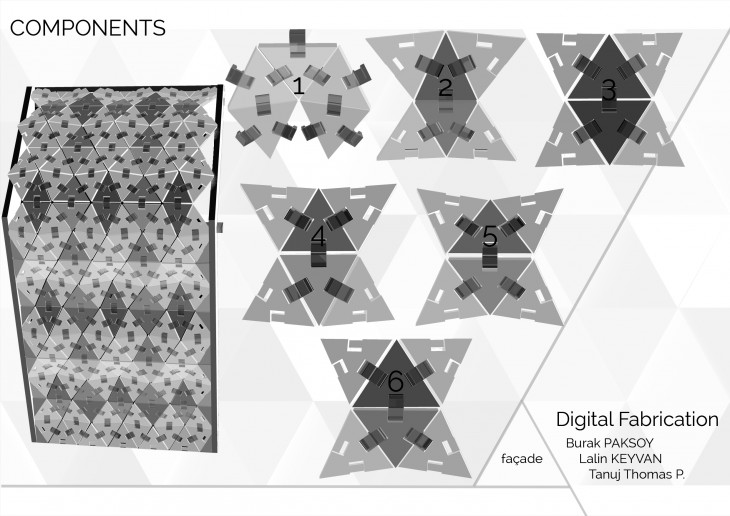
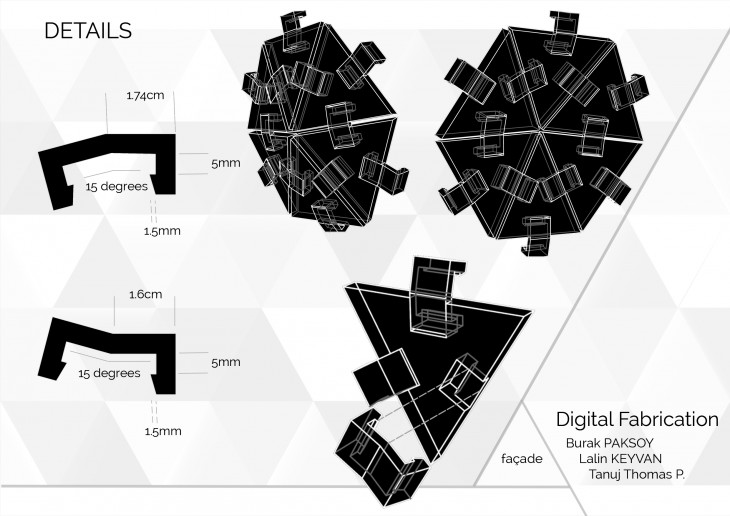
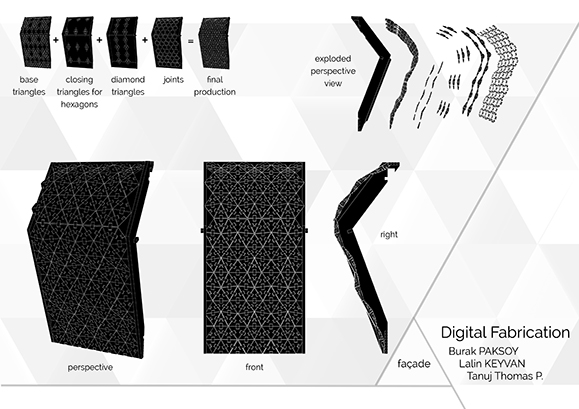
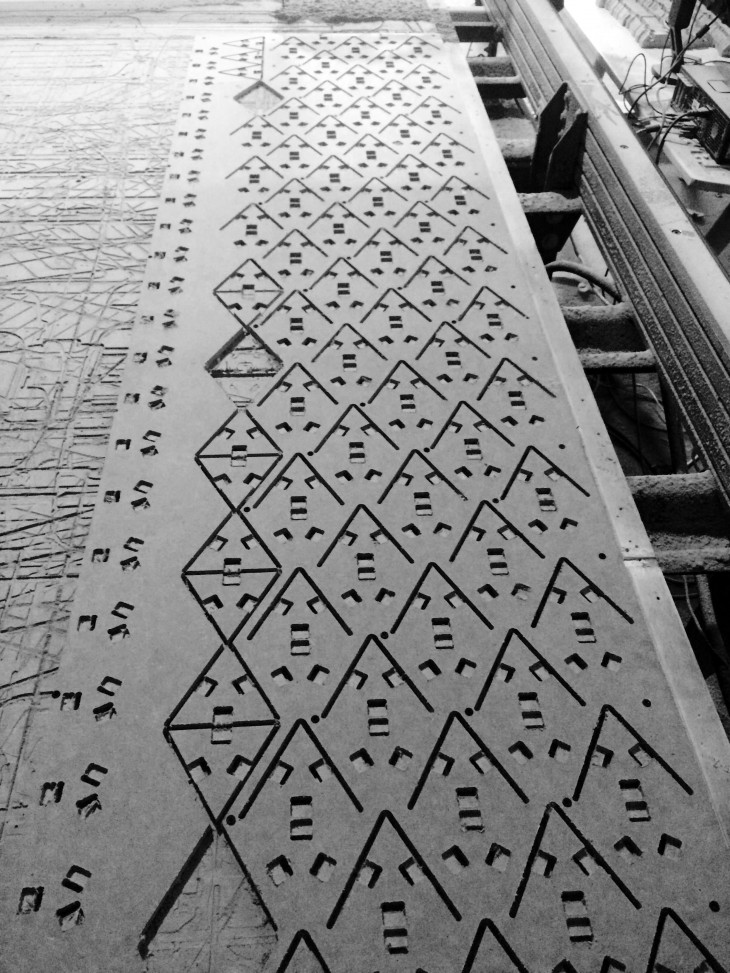
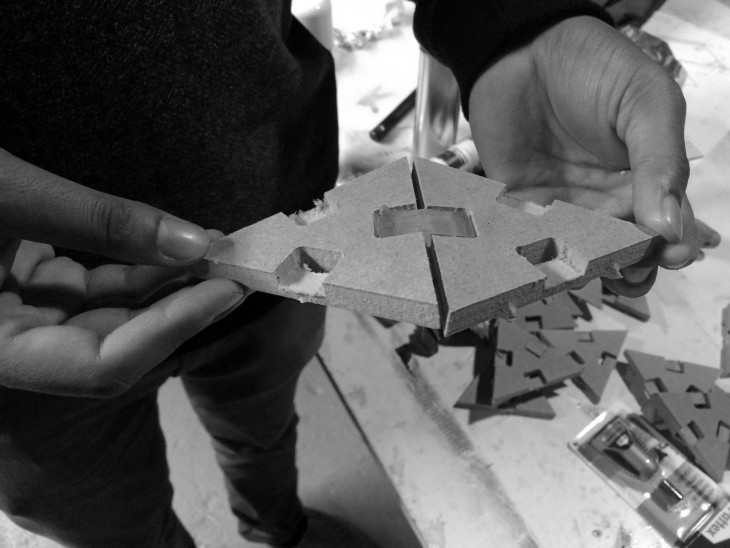
Tessellated Façades is a project of IaaC, Institute for Advanced Architecture of Catalonia developed at Master in Advanced Architecture in 2015 of the Academic Program by:
Student:
Lalin Keyvan
Tanuj Thomas
Burak Paksoy
Faculty:
Alex Dubor
Djordje Stanojevic
